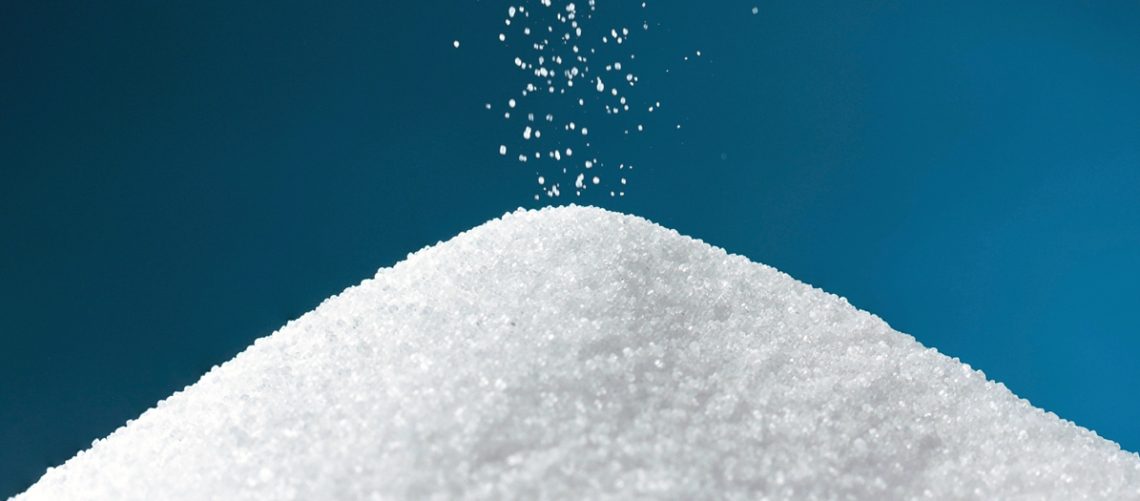If you have high blood pressure (also called hypertension), your doctor should have suggested that you modify your diet. Physicians use an algorithm to decide what your cardiovascular risk is that evaluates several factors. Your body weight, blood cholesterol, and lipid levels, family history, gender, age, whether or not you have diabetes or high blood pressure, all go into the equation.
It’s a good idea to get an annual check-up with your physician. If you are over 40, you should definitely have your blood pressure checked annually.
High Blood Pressure and Sustaining a Dietary Pattern
If you have high blood pressure, hopefully, your physician discussed diet and lifestyle (quit smoking, exercise, stress reduction) with you. Some doctors may not, however, and some may not even know about DASH (Dietary Approaches to Stop Hypertension clinical trials demonstrating dietary patterns impact blood pressure). You may have heard however that “you need a low sodium diet”. Do you? Well, yes, and maybe.
As I always emphasize, if an eating plan isn’t enjoyable, it’s not sustainable. If you can’t maintain it long-term, the effectiveness of the diet is a moot point.
The American Heart Association (AHA) recommends a dietary sodium limit of 1500 milligrams per day. That’s pretty low. In my opinion, it’s also not very palatable (in other words, your food won’t taste great). Furthermore, the research on diet and blood pressure suggests that you can lower blood pressure by changing other aspects of your diet, without going that low in sodium. If you can reduce your sodium intake, great because sodium does seem to have an effect on people who have high blood pressure (it may have no effect on people without hypertension).
But, if lowering your sodium intake makes you hate your diet, then forget about it. Just use good sense, and “for the most part”, try to limit the super salty, high sodium foods. The DASH Diet trials demonstrated that blood pressure can be lowered with a diet that is high in fruits and vegetables and includes two servings of dairy – regardless of whether sodium was super low. They tested three groups of sodium levels: 3450 milligrams sodium, 2300 milligrams, and 1500 milligrams. While the lower sodium groups demonstrated more blood pressure lowering, everyone still reduced their blood pressure on the DASH eating plan, including the 3450 milligrams-of-sodium-a-day level. Supporting research also showed blood pressure lowering at 2300 milligrams a day, which is still lower than the AHA guideline.
DASH Diet and Weight Loss
If you have high blood pressure, I recommend you try the DASH Diet. Also, if you are obese with high blood pressure, losing even a modest amount of weight will help lower your blood pressure and make you feel better. But, you don’t have to go crazy over the lower salt intake if it bothers you. Instead, focus first on getting extra servings of vegetables in, and include 2 servings of low-fat dairy. The dietary pattern is low in sugar, moderately low in fat, encouraging monounsaturated fat (olive oil, avocado, nuts, seeds), and also limits serving portion sizes of meats. Making small changes over time can have a positive impact on your health, and lead to sustained weight loss.
If you need to lose weight, a lower carbohydrate, higher protein approach can be an effective strategy. You can still use the DASH meal pattern but with less carbohydrate (more vegetables but fewer servings from fruit, smaller servings of starches and grains). Some studies have shown that a modified DASH Diet with lower carbohydrate and slightly more protein, still results in lower blood pressure.
Checking Up on Sodium
Sodium is often “hidden” in processed food. Check labels on frozen foods, canned goods, baked goods. There’s no sodium in fresh or canned fruit, and very little in most fresh vegetables, so no worries there. Some dairy products (cheese, cottage cheese, ricotta) contains sodium but since they also lower blood pressure, it’s not a big deal. You can look for “no salt added” options. You may think of bread as an unlikely source, but bread products contribute a lot of sodium, so read labels and choose the brands with lower sodium levels per serving.
General Tips to Keep Sodium intake Reasonable:
- Measure salt in cooking. Add a little less than most recipes recommend.
- Drain and rinse canned beans and vegetables. Look for low sodium and no added salt cans.
- Read labels for sodium per serving. Anything with upwards to 450 milligrams is high.
- Compare the sodium content of bread products. Commercial bread contains about 100-140 milligrams of sodium per slice. Compare brands and choose a lower sodium one that you like.
- Add flavor to food in other ways. Use salt-free herbs, a squeeze of lemon or lime, garlic powder (not garlic salt), olive oil, a dab of butter, garlic, chopped peppers, and onions.


1 Comment
This is my original written work. Please take this down from your site immediately.